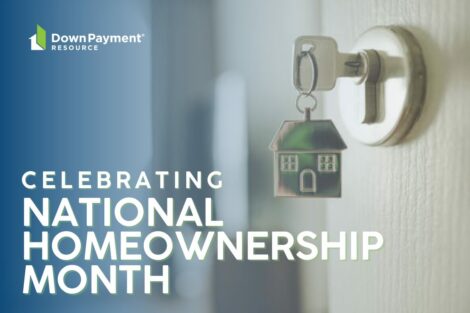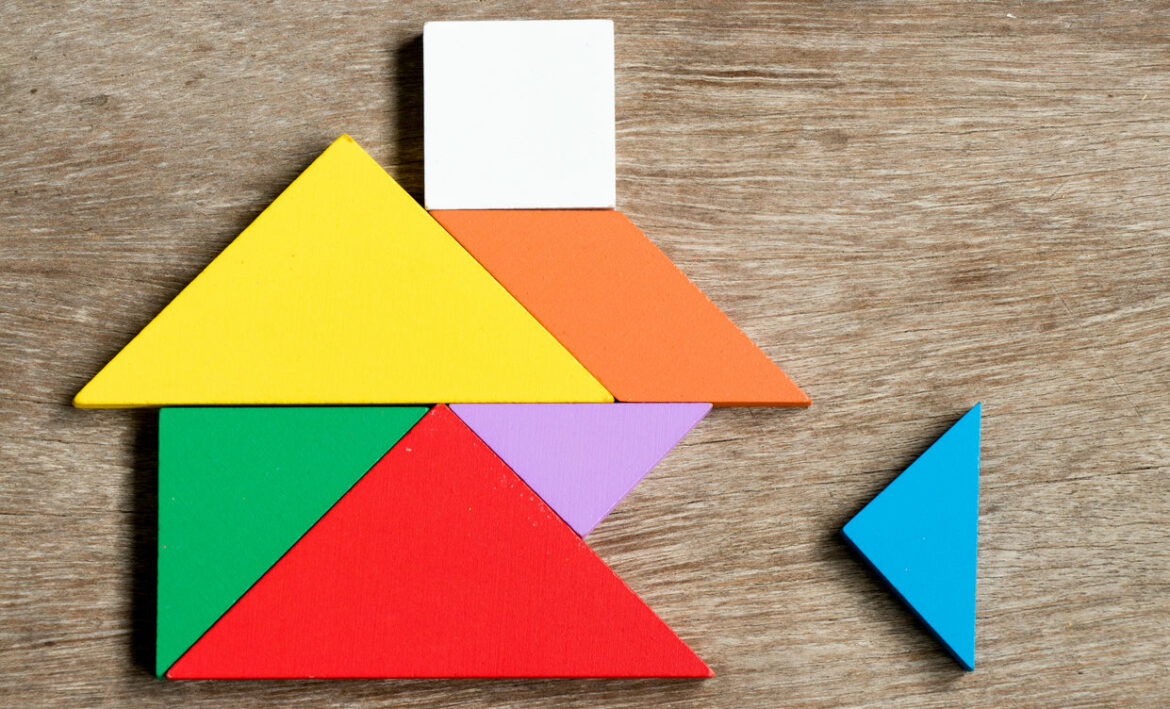
Homeownership May Be Closer Than You Think

The First Quarter 2018 Homeownership Program Index (HPI) reports the number of total programs decreased slightly to 2,503, down four programs from the previous quarter. More than 86 percent (86.5%) of programs currently have funds available for eligible homebuyers, down about one percent from the previous quarter.
Down Payment Resource communicates with 1,308 program administrators to track and update the country’s wide range of homeownership programs, including down payment and closing cost programs, Mortgage Credit Certificates, affordable first mortgages and more. This quarter’s HPI explains today’s common down payment assistance program features.
“As the largest category of programs we track, we see a wide range of down payment assistance options — from grants to forgivable loans. Many programs offer buyers flexibility to use the grant or loan to fund their down payment and/or closing costs,” said Rob Chrane, CEO of Down Payment Resource. “It’s important for buyers to review and compare program options with their agent and lender so they apply for the program that is best for their personal situation.”
Down payment assistance programs make up 69 percent of the programs in the Down Payment Resource database. Down payment assistance, or DPA, is an umbrella term for the many programs offered by a federal, state, county or local government agencies, nonprofits or employers. DPA programs include loans (with widely varying payback provisions), grants and other programs for potential homebuyers who are income- and credit-qualified and ready for homeownership.
Grant programs are gifts provided by an eligible third party which do not have to be repaid by the homebuyer, do not incur a lien on the property being purchased, and have no associated note or deed. These programs offer a true gift to the buyer at closing to help cover the cost of some or all of the down payment or closing costs.
One example is the PenFed Foundation Dream Makers Grant — a national program that provides eligible military or veteran homebuyers with a 2-to-1 matching grant up to $5,000.
Many down payment programs come in the form of a second mortgage, or subordinate lien, with varying payback provisions. The second mortgage is usually funded by a federal, state or local government DPA program, or a nonprofit or an employer that offers down payment help in their market or service area. Some programs defer monthly payments, some forgive portions or all of the down payment help over time or in the future, and some require monthly payments. The terms vary across programs, and sometimes a program may combine different features. Loan officers may have to account for the repayment terms when qualifying a borrower.
Let’s take a look at the three types of second mortgage programs.
Repayable down payment assistance programs provide the buyer with the down payment they need now so they can buy a home sooner. The funds are delivered at closing often as a 0% interest second loan, but some may accrue interest and some may be amortizing loans. These down payment programs typically range from 5-year to 30-year loans with varying repayment terms. The repayment starts immediately or kicks in after a predetermined period of months or years (a “soft” second).
One example is the repayable NeighborWorks Blackhawk Region Down-Payment Assistance Program, available to buyers in the City of Beloit, WI, which provides a loan of $3,000 minus $500 for their homebuyer education program. The interest rate is 7% if the buyer opts for automatic payment or 7.25% without automatic payment.
Some repayable programs may have a partial balloon payment, meaning the remaining balance of the original second mortgage may come due at the end of the second mortgage term.
Silent Seconds are down payment programs that postpone repayment of the original down payment assistance until one of several events occurs — typically, when the borrower sells, refinances, rents or moves out of the original home purchased. As with repayable DPAs, this structure can help the program administrator fund the program for future buyers.
When buyers plan to live in the home for many years, they will benefit most from the home’s appreciation in value. However, as with most forgivable debt, there may be a 1099 coming in the mail after the buyer sells, refinances, rents or moves out of the home – a taxable event buyers need to be aware of and plan for.
An example of a silent second is one of the City of Napa’s First Time Homebuyer Programs which provides a loan of up to $58,000, or 30% of the purchase price, whichever is less. It’s a 1% simple interest loan with a 30-year term, but repayment is deferred for up to the 30-year term as long as the buyer remains in the home as the owner-occupant.
With a forgivable second mortgage program, some or all of the original down payment assistance amount is forgiven. When and how much of that down payment help is forgiven may vary, but it’s common for a percentage of the loan to be forgiven each year for a predefined number of years. For example, 20 percent of the loan might be forgiven each year for five years, so after five years the entire original down payment loan is forgiven and the second lien removed. However, if the program’s conditions are not met – for example, the buyer moves out of the home – the loan must be repaid, at times with interest.
One example is the City of Austin “Standard” Down Payment Assistance Program that provides up to $14,999 of assistance for eligible closing costs, prepaid expenses, and down payment. It’s a zero interest, 5-year forgivable loan and payments are deferred over that 5-year affordability period.
Download the infographic and full First Quarter 2018 Homeownership Program Index press release.
